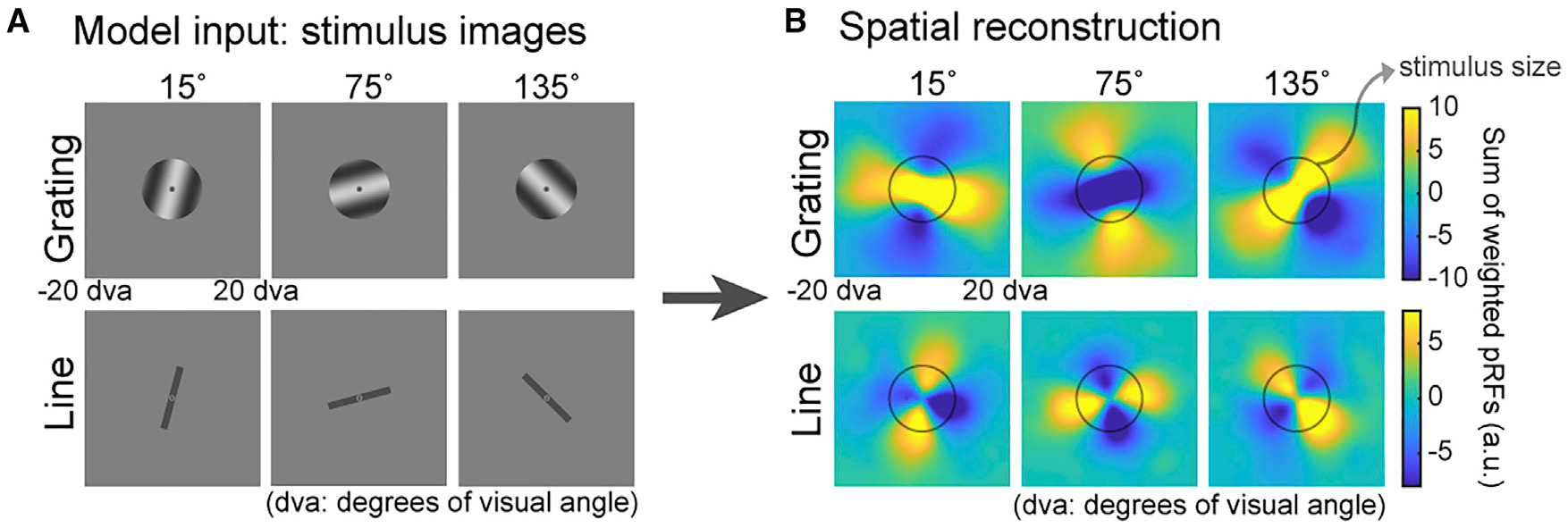Figure 4. Model simulation for orientation: distinct formats for perceptual and mnemonic representations.

(A) Gratings identical to the ones used in the experiment and lines oriented at 15°, 75°, and 135° clockwise from vertical were fed into an image-computable model of V1 to simulate the population response.
(B) We repeated the spatial reconstruction analysis in Figure 3A with simulated V1 voxel amplitudes acquired through sampling the model output neuronal responses (Figure S3A) with pRF parameters (STAR Methods). The simulated topographic patterns when model inputs are lines, but not gratings, closely match our experiment data (Figure 3B), suggesting that mnemonic representations of oriented gratings are similar to perceptual representations of simple line.
